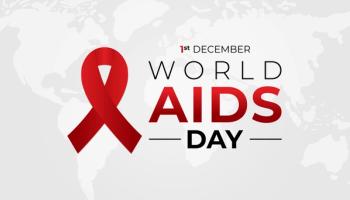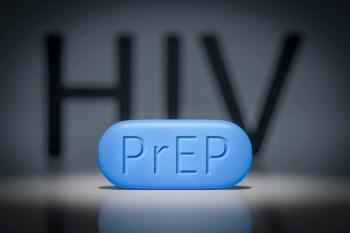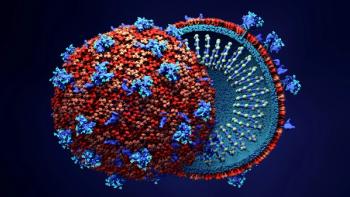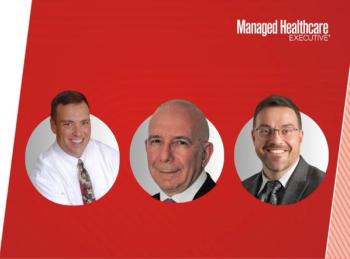
How President Biden Can Meet His Pledge to End HIV by 2030
Preexposure prophylaxis and emphasizing the U=U (undetectable = untransmittable) message are central to the efforts to end the HIV epidemic, a goal that the Biden administration picked up from the Trump administration.
Late last year, President Joe Biden released a new National HIV/AIDS strategy to provide the framework and direction for the administration’s policies, research, programs and planning through 2025. The plans have the lofty goal of ending the HIV epidemic in the United States by 2030.
New HIV infections have declined from their peak in the mid-1980s. People with HIV who receive care and treatment are living longer, healthier lives. But there were still 18,489 deaths among people diagnosed with HIV in 2020 in the U.S., and 650 000 AIDS-related deaths globally.
Biden administration’s strategy has the milestones of reducioing new HIV infections in the U.S. by 75%by 2025 and by 90% by 2030.
William Haseltine, Ph.D., president of
“The strategy also addresses hepatitis, substance abuse, mental health, and other STI syndemics often connected with HIV, taking a whole person approach to HIV care,” he said. “This pledge demonstrates a continued commitment to combating HIV both nationally and internationally and ending HIV transmission in the US even amongst other competing health crises such as Covid-19.”
Ending the HIV epidemic in the U.S. is a common if ambitious goal for the administration, some members of Congress, and the HIV community. Obstacles loom, though.
“EHE (ending the HIV epidemic) originated during the previous administration and resulted in increased federal funding for HIV testing, prevention, treatment, and the response to emerging HIV outbreaks directed at communities and states in which more than half of new HIV diagnoses occurred in 2016 and 2017,” said
Clinical advances in HIV prevention and treatment have made ending the epidemic possible, said Jorstad, who used the “U = U” coinage, which stands for undetectable = untransmittable and is supposed to reinforce the goals of HIV
So far, the Biden administration has reinstated the Office of National HIV Polic, which provides the leadership in development and implementation of the National HIV/AIDS Strategy (2022-2025). The administration’s FY 2023 budget request included $337 million to continue funding efforts to end the epidemic, as well as funding increases for existing federal programs across HHS.
The proposed funds include $165 million more for the Ryan White HIV/AIDS Program, $47 million more for HIV and hepatitis prevention activities at the Indian Health Service, and $115 million for CDC HIV prevention programs.
The FY 2023 budget request also proposed a national PrEP program to expand access to and uptake of PrEP.
“PrEP is a relatively recent addition to the HIV prevention toolbox but is only being used by approximately a quarter of people who would benefit,” Jorstad said. “Efforts to educate and train providers on PrEP as well as those to reduce stigma among providers can help. U=U is an important message that people living with HIV, providers, insurers, and communities need to hear.”
Beyond funding, Jorstad noted addressing individual, provider, and community-based stigma and engaging community stakeholders across sectors continue to be a challenge.
“Progress has been made to lessen gaps in HIV-related outcomes, but disparities exist,” she said. “Federal, state, local, and clinic-level data are being used to determine disparities and identify strategies to address them. Closing disparate gaps can require new or different approaches and will benefit from stakeholder buy-in at all levels, from community to executives.”
Newsletter
Get the latest industry news, event updates, and more from Managed healthcare Executive.






















































